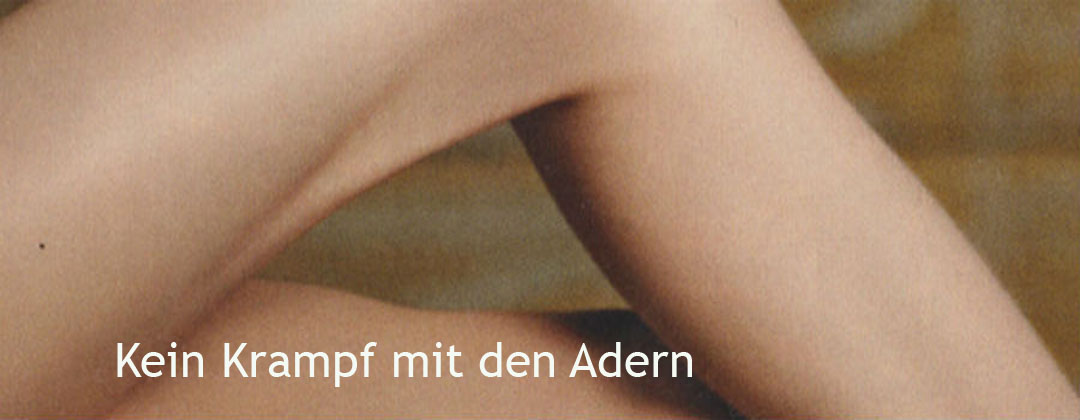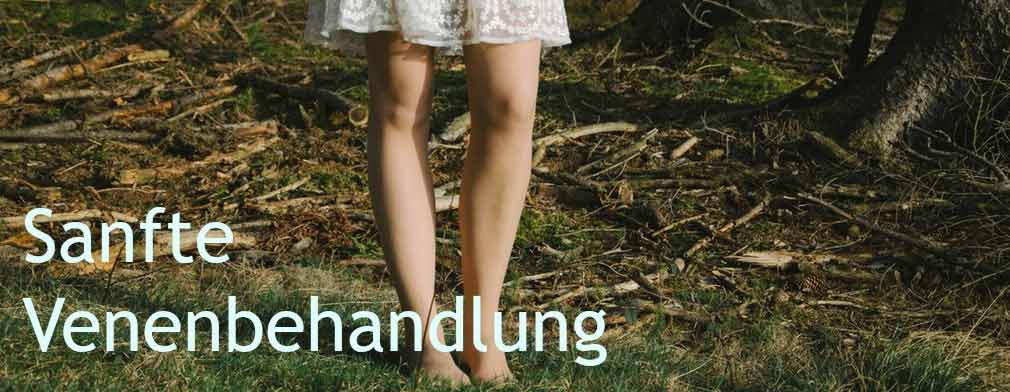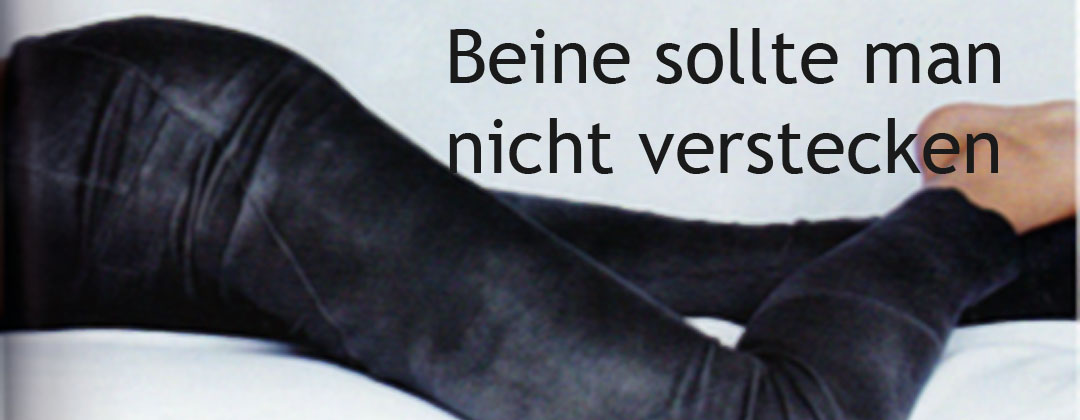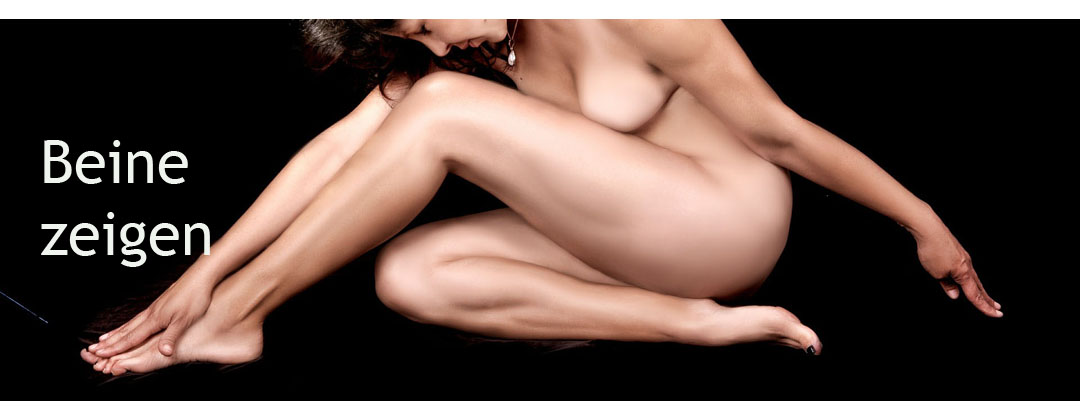What kinds of treatment are there for venous problems
AKA: Injection, Periphlebitis, Phlebitis suppurativa, superficial phlebitis or thrombophlebitis.
Overview of Vein Treatments
Presently, the common clinical problem of varicose veins can be addressed using a variety of techniques. Treatments range from the standard surgical therapy of high ligation and stripping of the greater saphenous and tributaries to sclerotherapy, laser vein ablation, and vein closure devices. As the technique has evolved over time, microphlebectomy has been used to remove varicosities below the knee, and the greater saphenous is stripped from the groin to the knee.
Non-Surgical Treatment
Guidelines for reducing some effects of varicose veins:
Raise your legs whenever possible with your feet above the level of your heart.
Exercise every day. Walking, cycling, climbing stairs and swimming are excellent ways to keep your calf muscles in motion.
When sitting for prolonged periods, move your legs frequently. moving your ankles and flexing calf muscles will help keep blood moving in your legs. Avoid sitting for extended periods.
Wear compression stockings. Graduated compression provides external pressure (like e.g. the valves in the veins) to aid in blood return to the heart. Compression stockings provide an effective non-operative option for symptom control. Compression is required for most vein surgery recovery.
Cosmetic Treatment
Before cosmetic treatment can begin, a complete medical evaluation is performed to ensure that underlying conditions are treated, thereby enhancing cosmetic results.
Sclerotherapy
Sclerotherapy remains the “gold standard” in the treatment of telangiectasias or spider veins. Spider veins are tiny veins, visible through the skin. This technique involves injecting a sclerosing agent into a small varicose vein or spider veins. The sclerosing agent irritates the wall of the abnormal vessel, causing it to collapse and seal off.
FAQ regarding Sclerotherapy
Guidelines on Sclerotherapy
Ultrasound Guided Foam Sclerotherapy
This method is used as an alternative to surgery for large varicose veins. The main surface is vein is injected with a special foam under ultrasound guidance. The foam destroys the lining of the vein and a firm bandage is applied to the leg. This type of injection is suitable for treating the main surface veins as well as varicose veins. The procedure does not require an operating theatre and is usually carried out in a consulting room or treatment room. The injection causes only trivial discomfort.
Advantage.
Stripping of the vein is avoided and there is little or no discomfort after treatment. There is less bruising than following surgery. There is no need for general anaesthetic, incisions in the leg or an operating theatre. Re-treatment for further varices is simple. The cost of treatment is much less than for surgical treatment or for either VNUS Closure or Laser treatment.
Disadvantage.
The treatment produces mild discomfort in the leg which may last for 2 – 4 weeks. It also produces mild bruising which may last for several months following treatment. The final outcome may take several months to evolve following treatment, and this is longer than would be taken following surgery. The long term outcome of this procedure has not been established.
More on Sclerotherapy
Laser (Photoderm)
Transcutaneous laser and intense-pulsed-light (IPL) therapy has proven effective for the tiniest surface vessels (eg, those found on the face), but this modality is not generally useful as primary therapy for treatment of spider veins of the lower extremity. This is true for several reasons.
Because of the physics of light absorption, delivering an ablative dose of thermal energy to the vessel without damaging the overlying skin is difficult.
The degree of patient-to-patient variability of light absorption in the skin is high. Even an experienced practitioner may inadvertently cause painful skin burns that can lead to permanent hyperpigmentation or hypopigmentation.
For most patients, the laser pulses are significantly more painful than the 30-gauge needles used for microsclerotherapy.
Most spider veins have associated feeding vessels that must be treated by some other means before the tiny surface vessels are amenable to laser or IPL treatment.
After treatment the areas treated become reddened and there is a feeling of sunburn for a couple of hours. On occasion it is possible to produce a bruise if one of the smaller veins ruptures but parameters can be altered to stop this recurring. This will fade as with normal bruising. There is a slight possibility of a blister forming but it is very superficial and will heal with no scarring. Local swelling of the face is a possibility, but this subsides spontaneously within a few days. Ice packs can be applied to reduce swelling and soothe the thermal affect. Make-up can be applied immediately post treatment.
IPL (Intensive Pulsed Light) is a very successful way of eradicating facial veins and reducing redness. Three or four sessions are usually required at three week intervals. If a good moisturiser and strong sun block are applied whenever exposed to sunshine (including day to day activities, not only when sunbathing) then the likelihood of recurrence is greatly reduced.
Surgical Treatments
Surgical Vein Removal
Ambulatory Phlebectomy
– This procedure may be used to remove varicose veins that are too large for sclerotherapy but too small for endovenous laser. It involves vein removal through tiny incisions. It is often used in conjunction with sclerotherapy to reduce the pressure in the smaller spider veins for a more pleasing cosmetic outcome.
Vein Ligation and Stripping
(Babcock procedure) . This procedure is performed in the operating room. It involves tying off the affected vein through small incisions, and then stripping the vein from the leg. This technique is typically used for removal of the saphenous vein from the leg. Patients are discharged the same day with a brief recovery period.
Minimally Invasive Treatments
Endovenous Laser Ablation
(EVLA, ELVeS , EVLT ) – this procedure uses laser technology to internally close off large veins that have valve abnormalities, this larger vein may be supplying blood flow to other varicose veins in the leg. EVLT does not remove large vein cluster or treat spider veins.
Radiofrequency ablation
( VNUS ) is a relatively new thermal ablation technique that uses a specially developed proprietary RF catheter placed inside the vein. A cutdown, stab incision with vein exteriorization, or a Seldinger over-the-wire technique is used to place an introducer sheath into the truncal varix to be ablated. A special RF ablation catheter is passed through he sheath and along the vein until the active tip is at the saphenofemoral junction just distal to the subterminal valve. Position of the tip is confirmed by ultrasonography. Tumescent volumes of local anaesthetic are injected in quantities sufficient to separate the vessel from the overlying skin and other delicate tissues along its entire length. Metal fingers at the tip of the RF catheter are deployed until they make contact with the vessel endothelium. RF energy is delivered through the metal catheter fingers and passes through the surrounding tissues; tissue heating occurs both in and around the vessel to be treated. Thermal sensors record the temperature within the vessel. Energy is delivered until the tissue temperature is just sufficient to ensure endothelial ablation. The RF catheter is withdrawn a short distance, and the process is repeated all along the length of the vein to be treated.
Ultrasound-assisted Perforator Surgery
( UAPS ) . Minimally invasive endoscopic approach for ligation (“clipping”) of abnormal perforator veins underneath the muscle fascia in the legs. This is done by making small incisions in the calf region an clipping directly insufficient perforator veins . Sutures are placed under the skin, so scarring is minimal. Recovery time is minimal as well.



